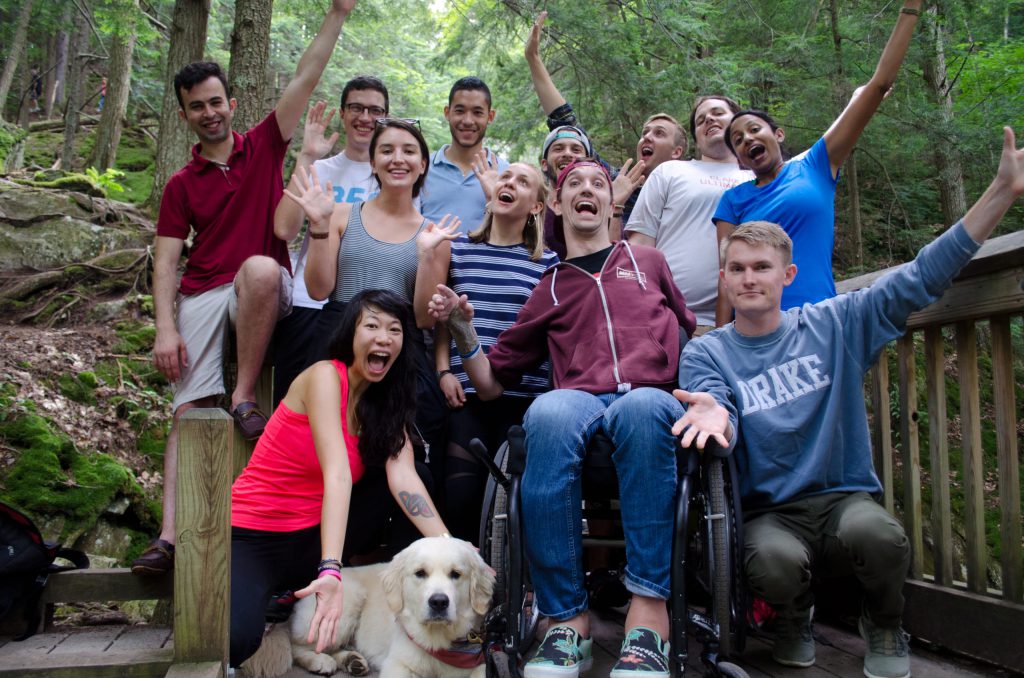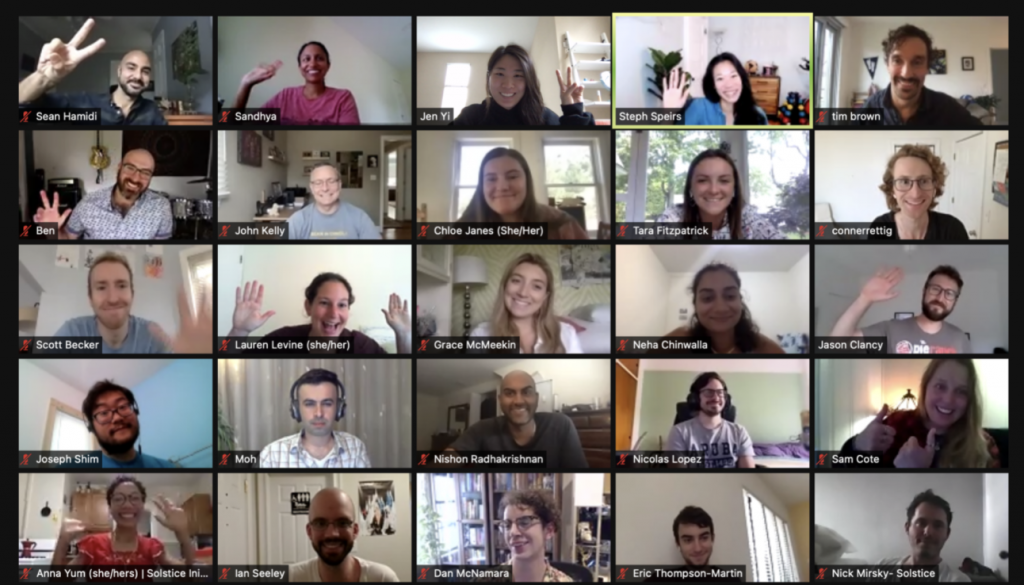A manmade disaster in Texas and what we need to change in order to prevent this from happening again.
Today, the weather finally warmed in Texas, stemming the onslaught of immense damage, loss, and suffering that residents experienced this week: 4.4 million households left for up to 5 days without power and heat as temperatures dropped to record lows, and 13 million people abandoned without clean water as pipes burst, water treatment facilities lacked power, and wells froze. At least 30 people are dead. Families were forced to choose between huddling in community warming centers in the midst of a pandemic and trying to survive on their own in their frigid homes. The damage is far from over, with residents still without power and additional flooding expected.
This happened in the most prosperous nation in the world, and the dirty secret is that all this death and damage was preventable. An unprecedented winter storm seemingly catalyzed this crisis, but this was no natural disaster. What happened in Texas is a manmade disaster, the result of how we built our grid and energy system to cater to fossil fuels, and a harbinger of what is to come if we fail to urgently change our approach to energy. With climate change imposing more and more inclement weather patterns, this certainly won’t be the last time we witness the electrical grids being put to test.
What caused the outages? The grid failed spectacularly. Demand for heat and electricity surged in the midst of some of the coldest temperatures on record, while the freeze rendered some electricity generation facilities inoperable and eliminated electricity supplies. Despite reports by mendacious elected officials, countless experts have debunked the notion that clean energy was to blame for the blackouts. While all fuel types suffered during the cold, the biggest culprit for the lack of energy capacity was the failure of natural gas, nuclear, and coal facilities that make up more than two-thirds of Texas’ power generation. (Clean energy sources are only a fraction of Texas’ electricity supply.)
All it took was one winter storm to underscore the inequities and instabilities within our current energy system. These are the little-known facts:
- While most of America operates on one of two grids (East and West), Texas and some patches in the Midwest are isolated entities. The two major grids can transmit power to one another in the event of an emergency; however, since Texas stands alone, it is unable to receive substantial back-up transmissions from the other two grids or receive federal aid.
- What’s more, Texas’ energy companies are deregulated, and the lack of regulation allowed price competition to take precedence over power reliability and stability.
- In fact, Texas energy suppliers and its grid operator were warned a decade ago to weatherize their facilities before another storm but they chose to delay improvements to avoid the upgrade expenses and prioritize profitability instead.
Who suffers the most from this crisis? The same underserved and under-resourced populations that have always suffered the most from climate change. As we have seen throughout the pandemic, environmental hardships disproportionately affect the most vulnerable populations among us: the elderly, sick, housing insecure, low-income, and communities of color, particularly Black and Brown ones.
Want to know how you can help? Here is a list of organizations providing food, water, and warmth to Texans in need.
The profusion of mutual aid we have witnessed the past week has been an inspirational reminder that communities across the country are eager to alleviate human suffering in Texas. But we cannot stop at mutual aid. Climate experts agree that weather-related power outages are already increasing across the U.S. (e.g. last summer’s California blackouts) and will only occur more as the climate changes.
The best way to demonstrate solidarity with those in Texas is to challenge the archaic systems from which we’ve gotten our electricity for the last century. We are not using the same telephone technology we were using in the 1800s and 1900s, so why do we insist on using the same grid technology?
What will help us avoid this week’s Texas crisis in the future?
- We need to stop voraciously consuming the same fossil fuels that are spewing the greenhouse gas emissions into the atmosphere that are scientifically proven to cause climate change and this new normal of extreme weather events.
- This is why we need more clean energy, not less. We also need more energy storage and demand response solutions to ensure that the grid can transition to this clean energy future.
- We need a modernized and centralized grid because the rickety grid infrastructure we have now was built to cater to centralized fossil fuel power generation. It is no surprise that the most vociferous opponents to a modernized grid are those who have financial stakes in fossil fuels.
- As we make the necessary transition away from fossil fuels, we need to modernize generation, transmission, and distribution equipment too. We need to “winterize the equipment” in Texas, like many other states do, so that its energy grid is able to function in sub-freezing temperatures. (Luckily, infrastructure investments are a proven way to stimulate a languishing economy and create millions of good-paying jobs, which the U.S. desperately needs now.)
- We need to revisit the regulatory framework that allows Texas to forego the winter-reliability power mandates that are present in other parts of the country and prevents the state from importing emergency power.
- We need to reject an energy supplier and utility business model that prioritizes today’s profitability over tomorrow’s human lives.
When the power went out this week, everything halted in Texas including Covid vaccination campaigns. Hospitals grappled with freezing temperatures, a lack of power and water, and a spike of emergency room visits. This is yet another reminder in this pandemic era that all our fates are connected, and what affects one part of society eventually affects everyone’s health.
This week was also a reminder that climate change is the ultimate force multiplier. It will make every other problem much worse if we do not figure out how to decarbonize our economy in the next decade, in addition to fixing the adjacent problems of inequality, racism, special interest power hoarding, unrepresentative democracy, and a weak public health system.
What we need in this pandemic moment, now more than ever, is a system that is built to withstand shocks so that people do not suffer and die needlessly, particularly the most vulnerable among us. Our old ways of doing business can no longer dictate our future. We need to prioritize people over profits, and we need to stop treating energy like it is anything but a basic human right.




